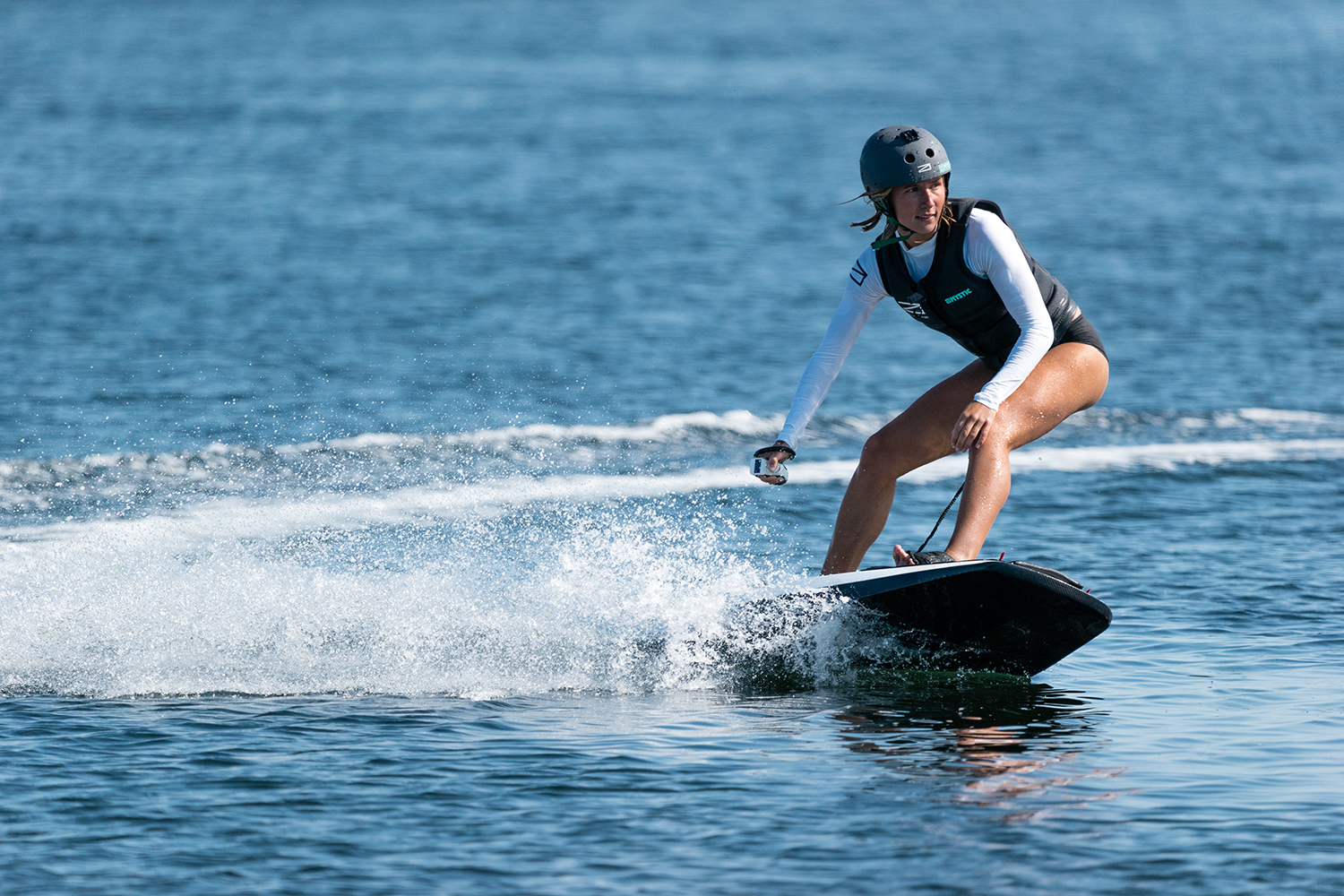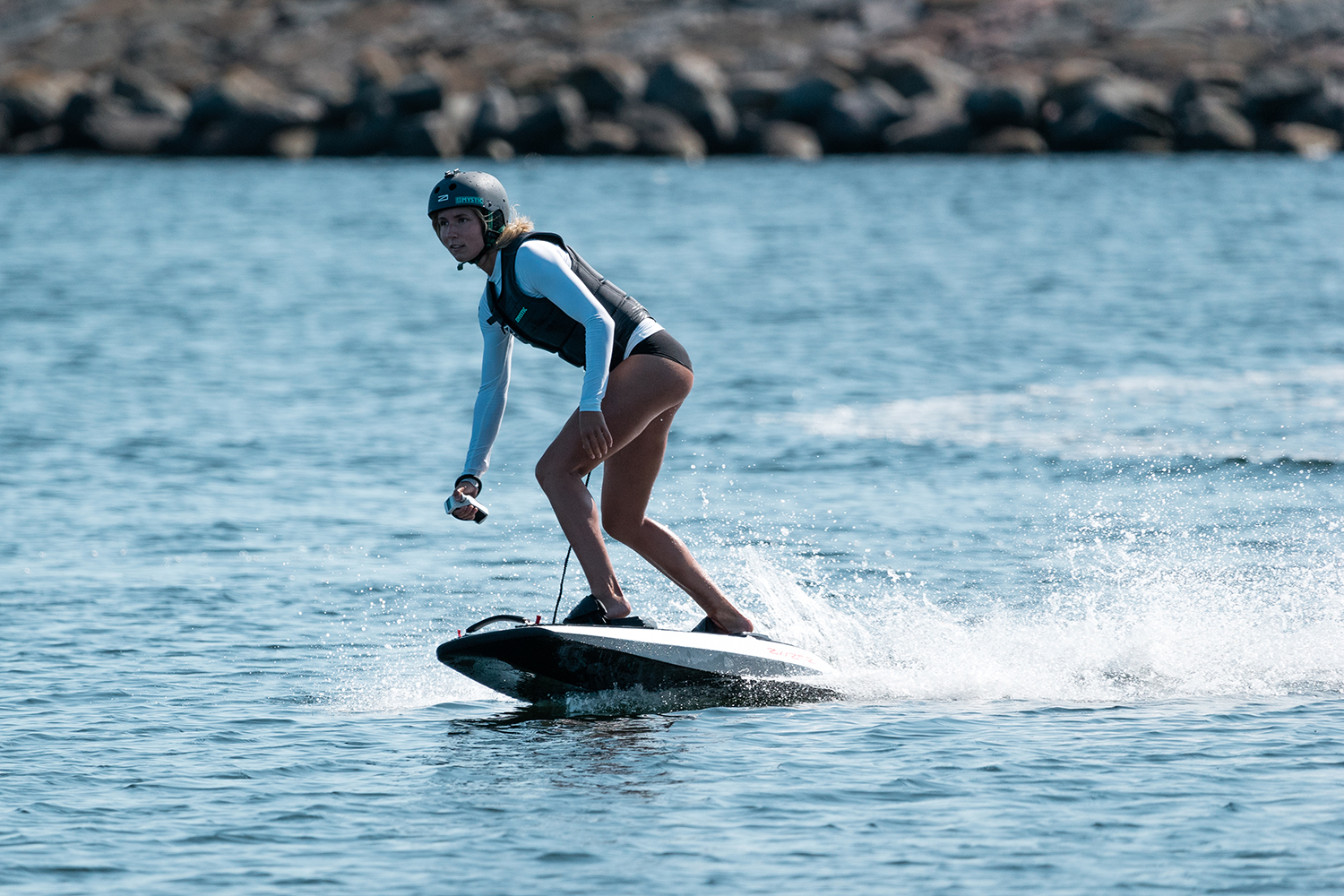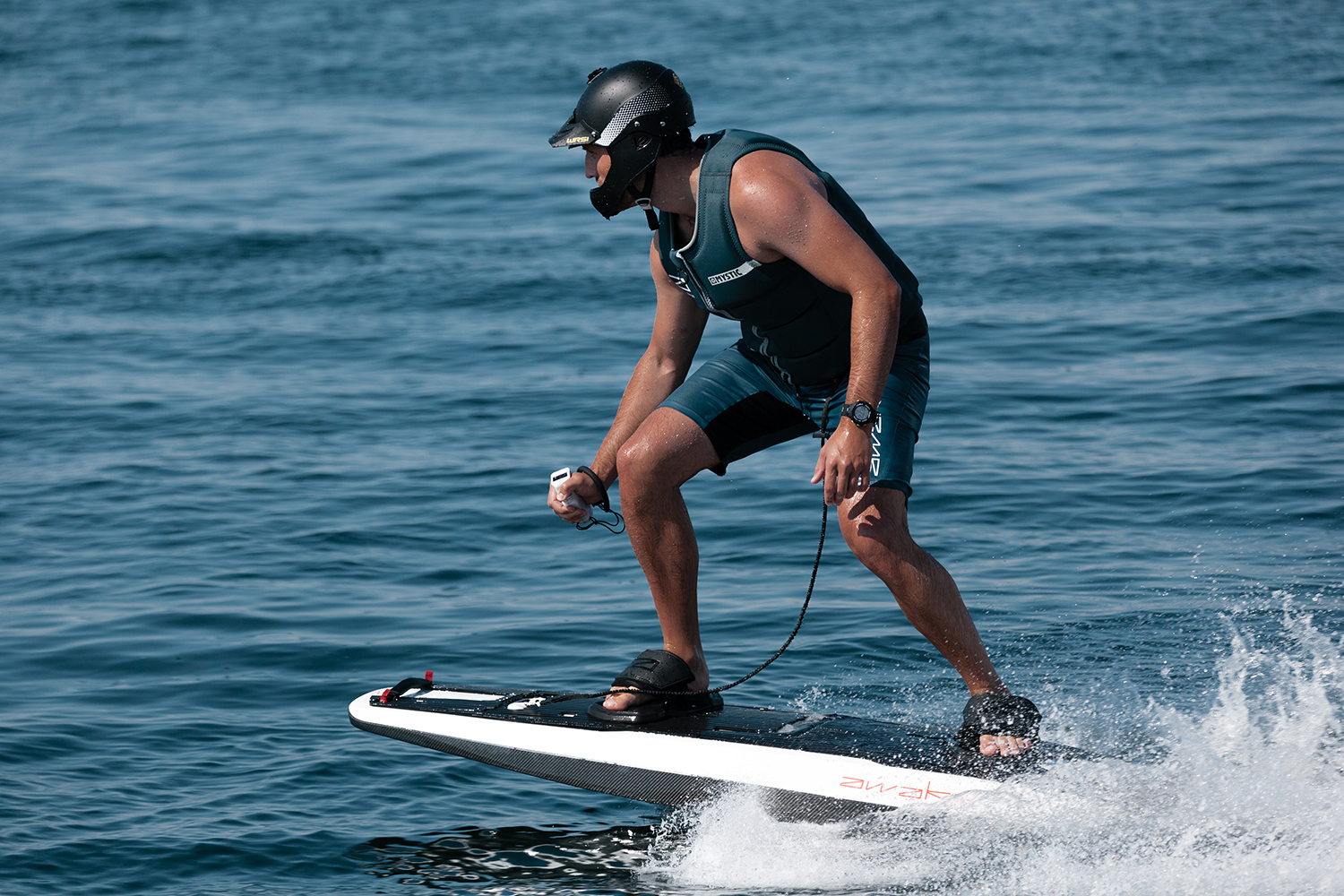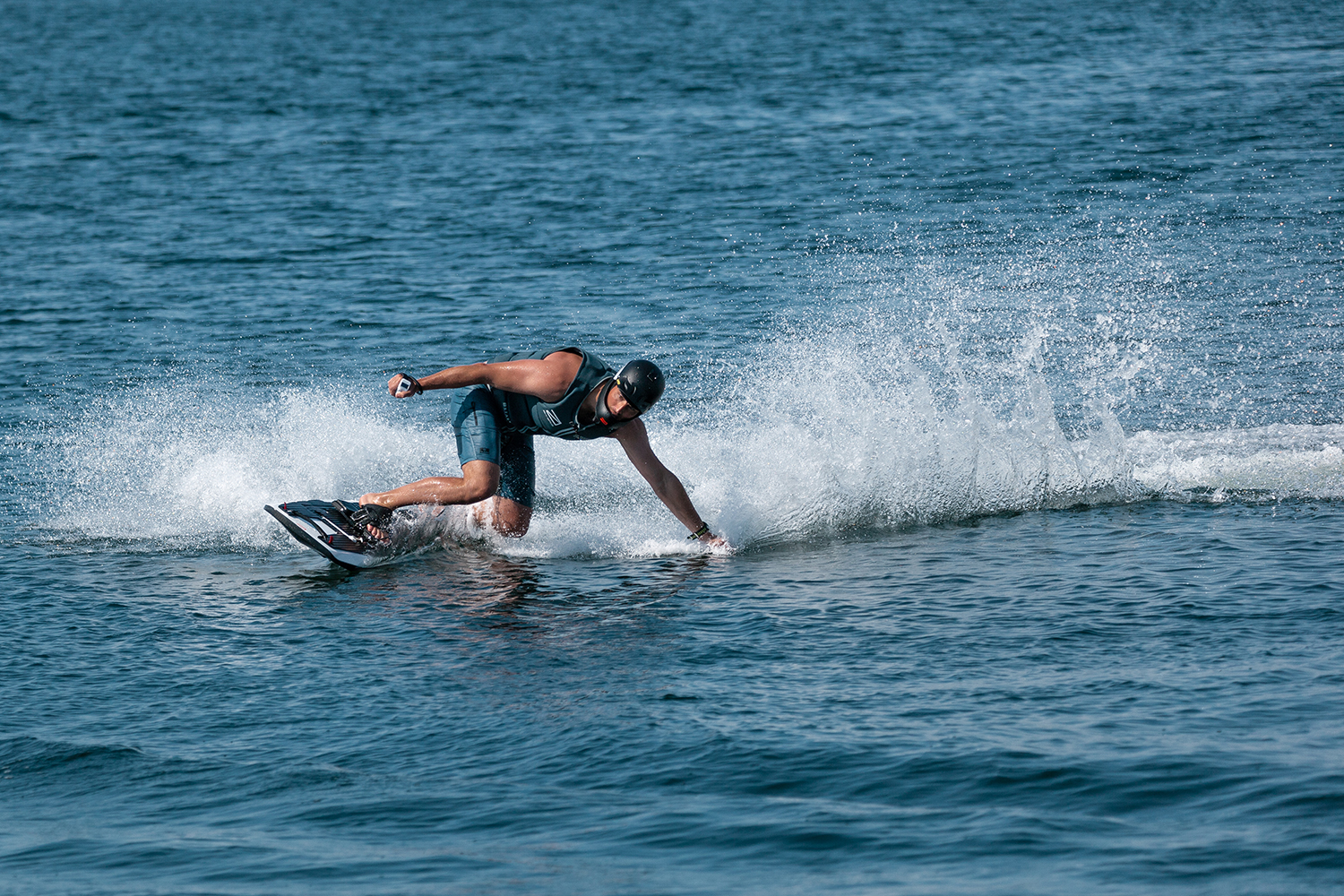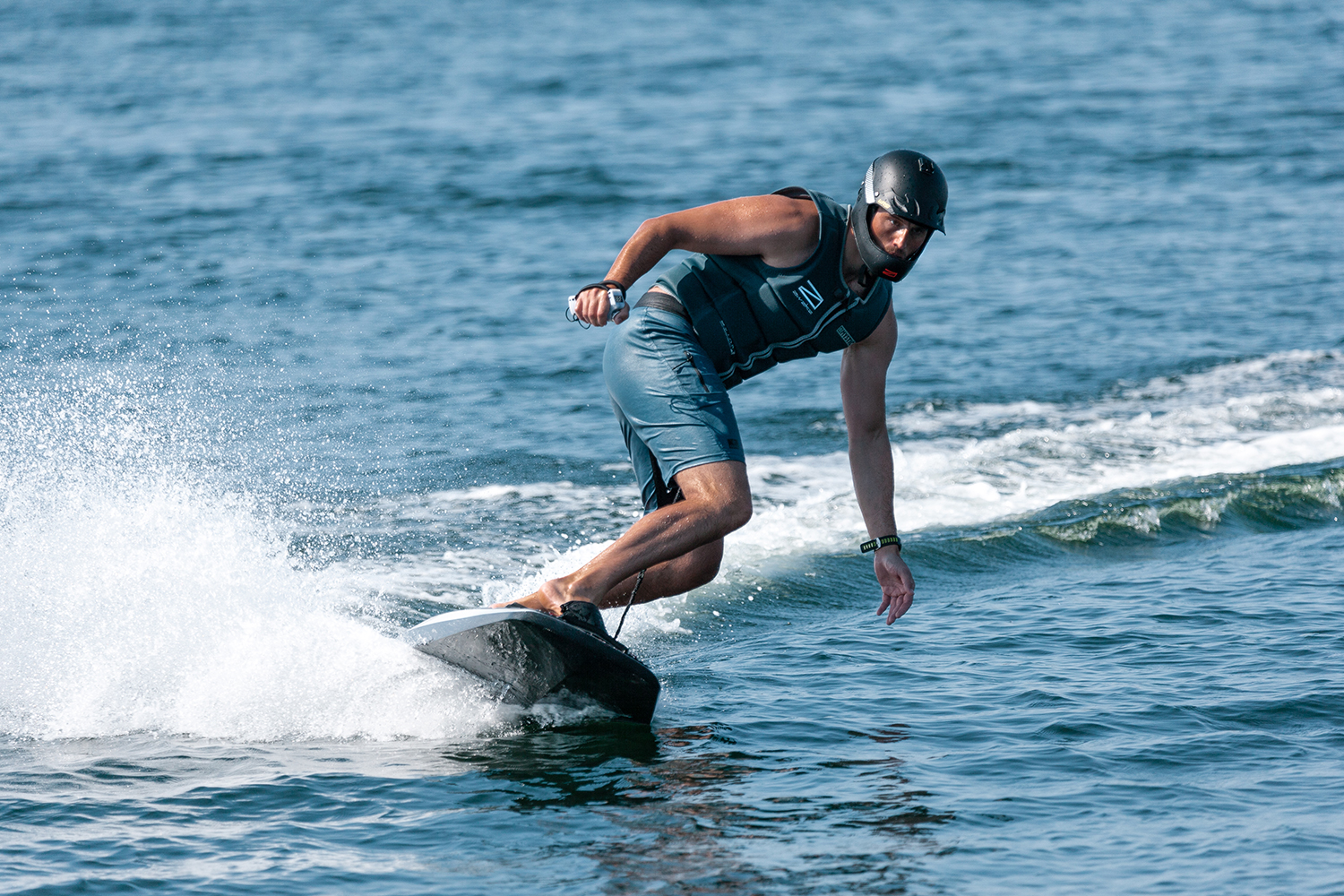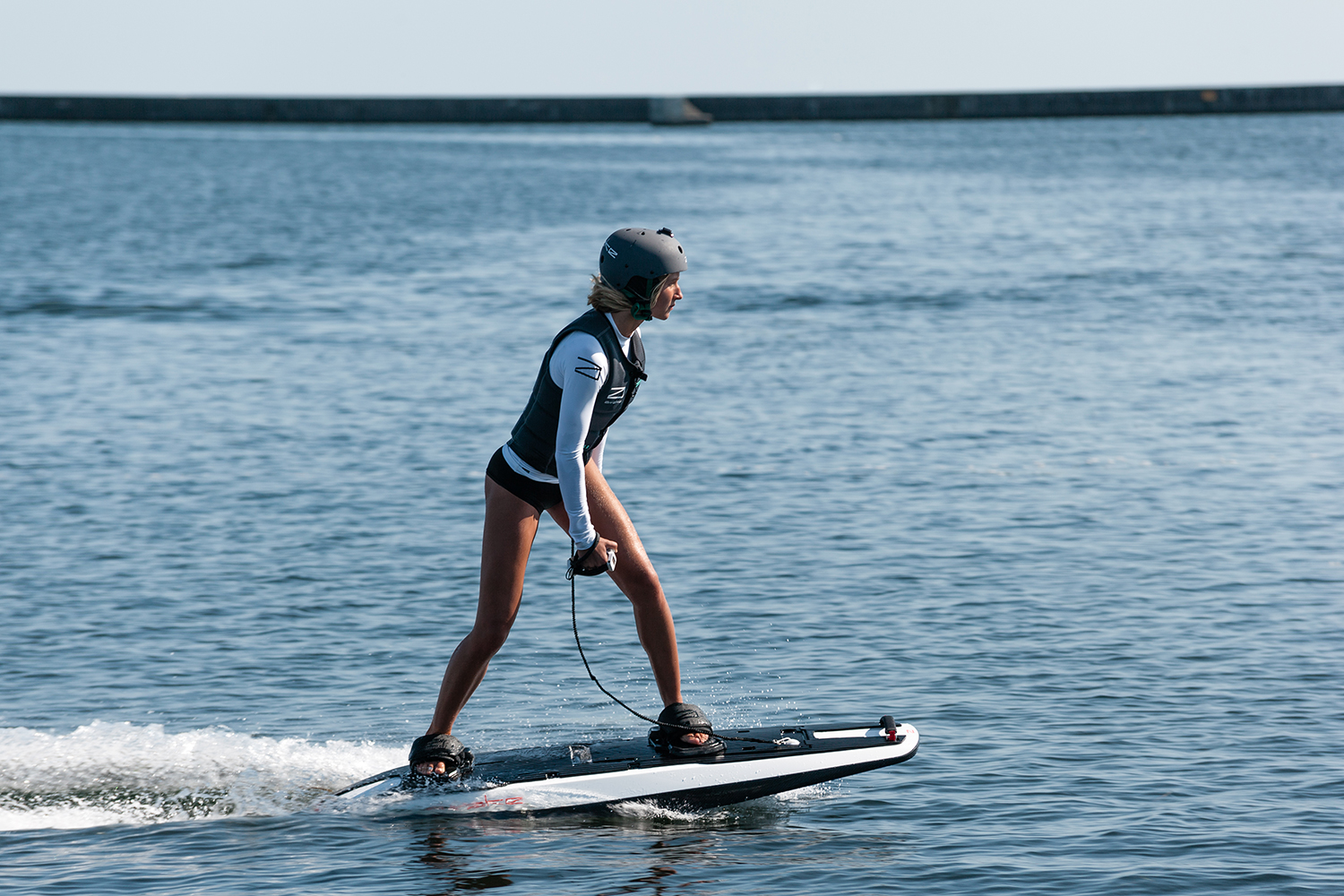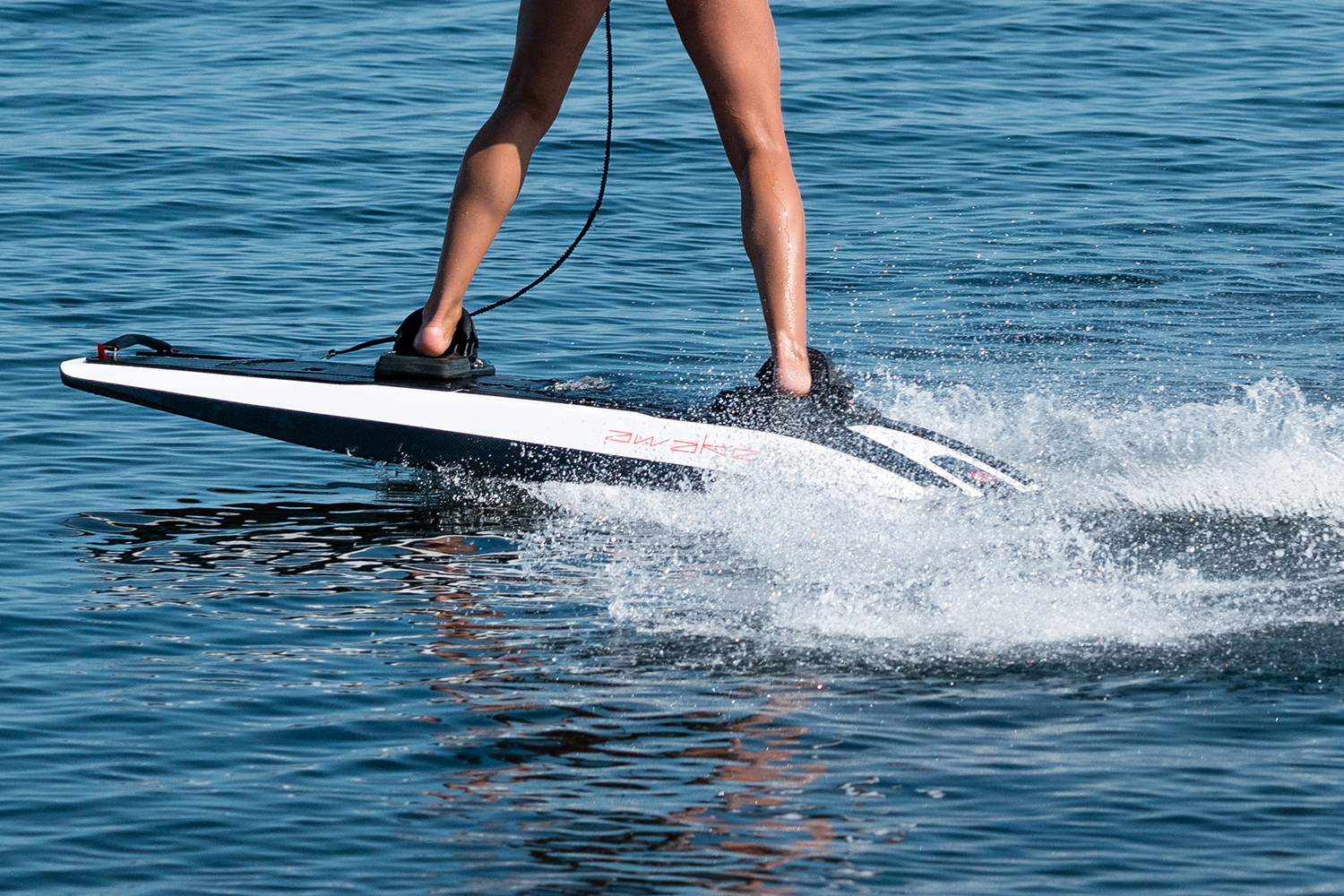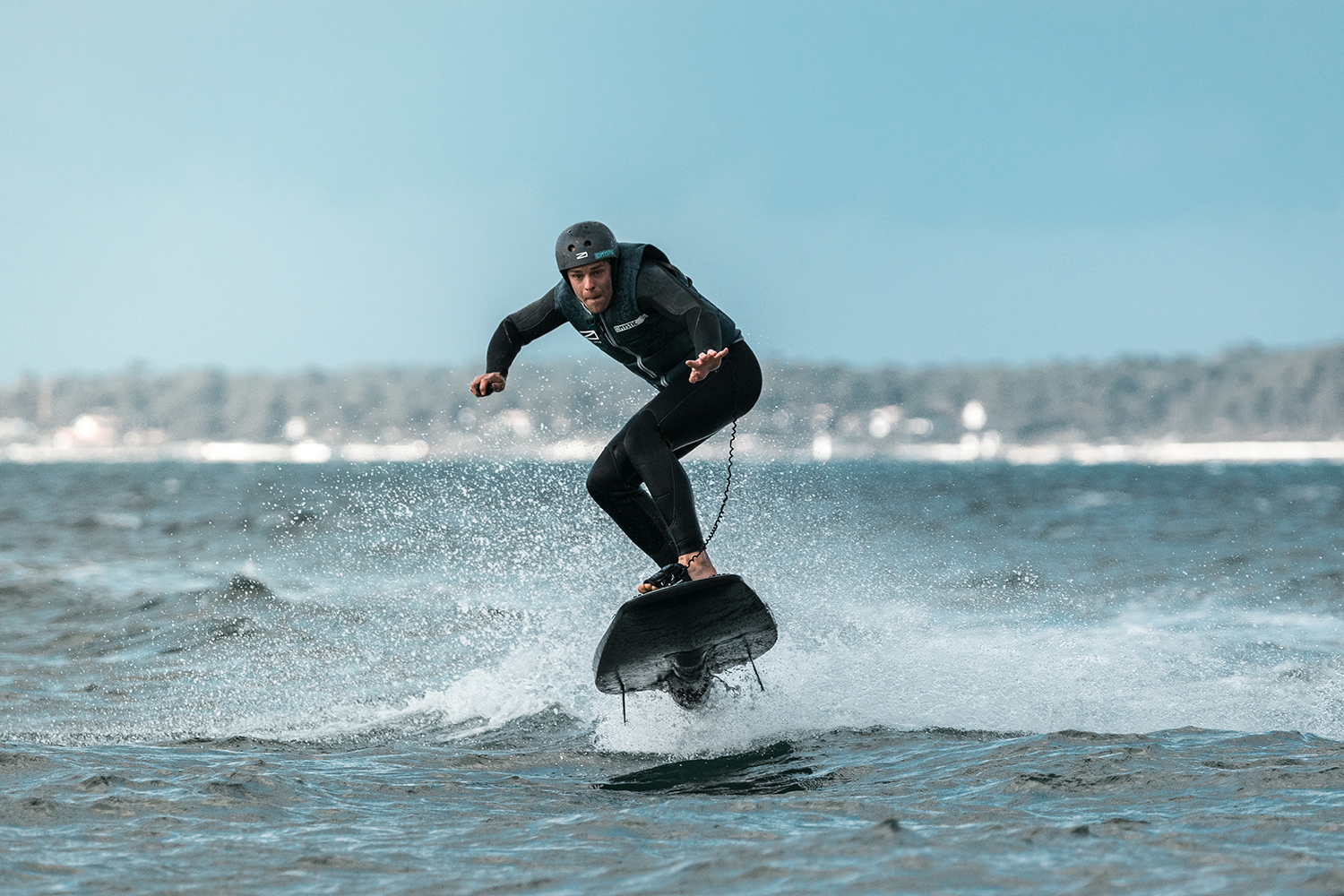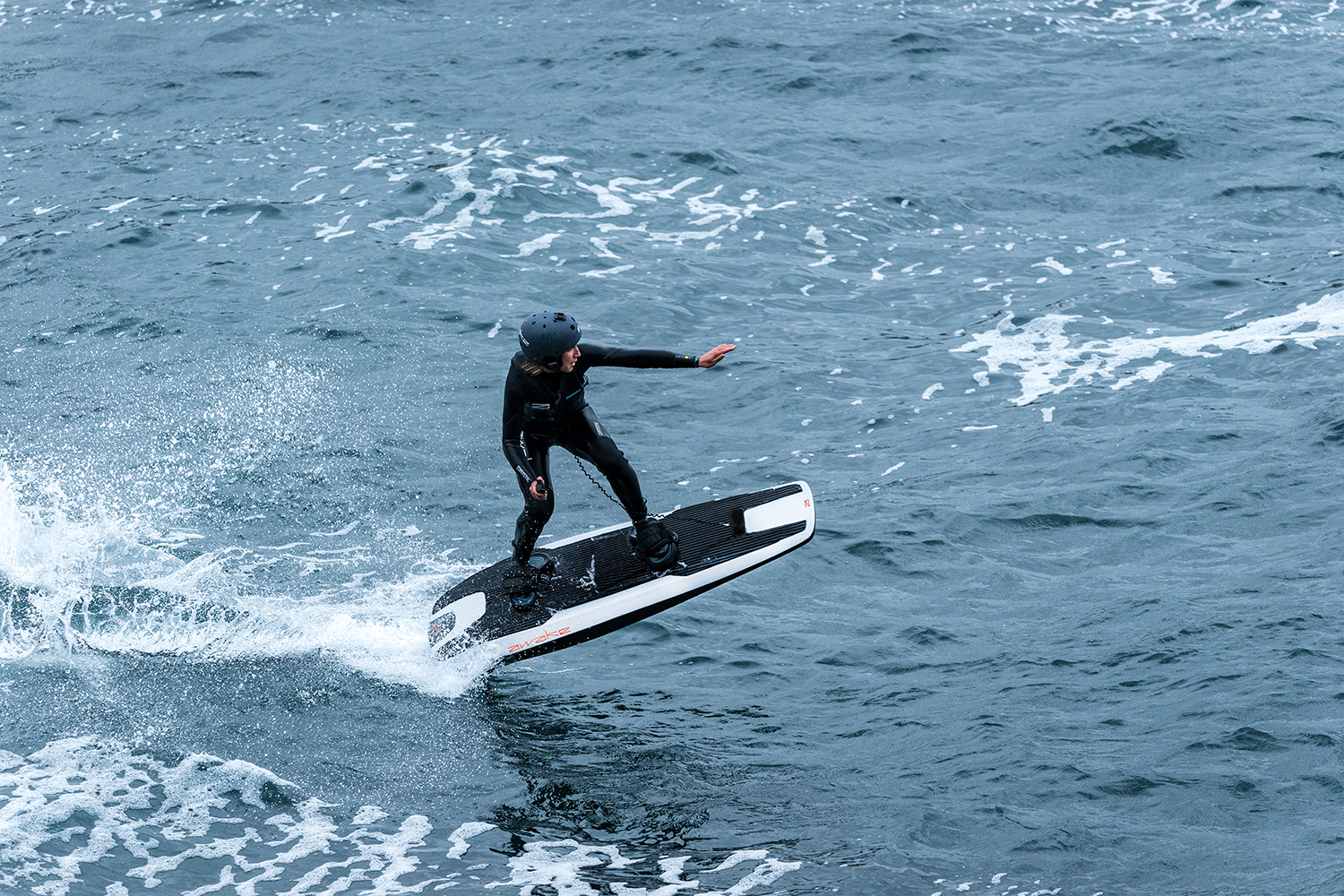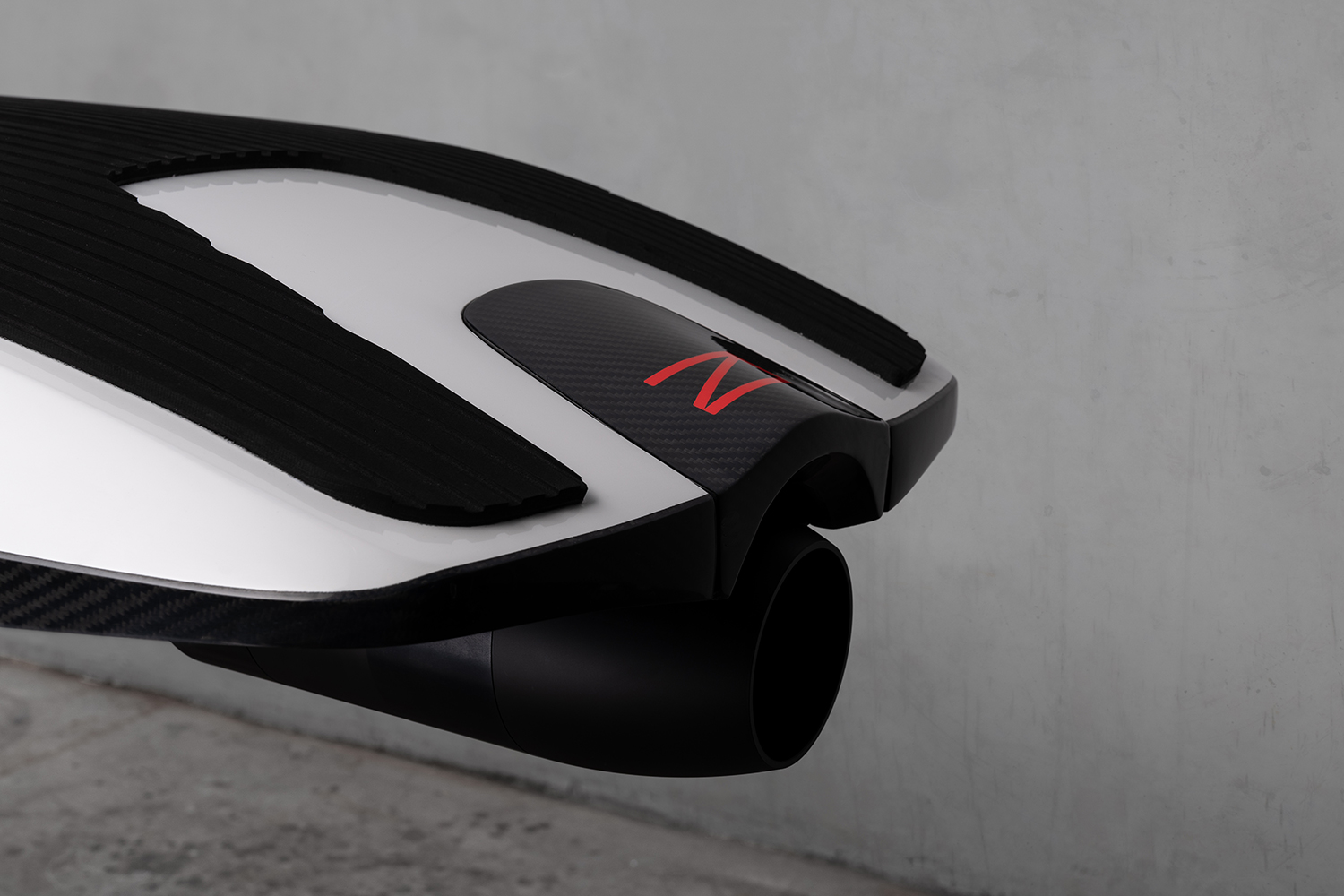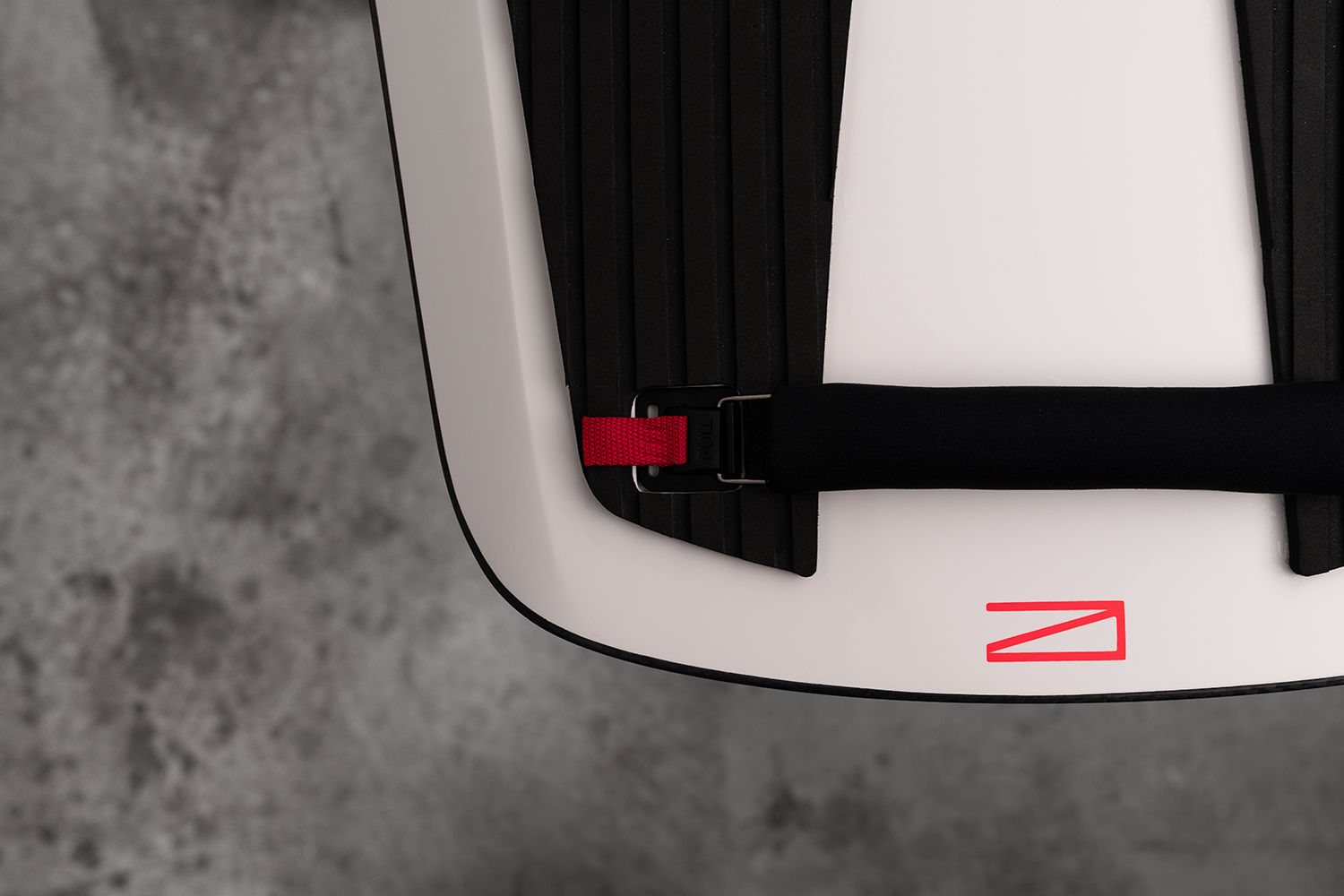What do you get when you cross surfing with cutting-edge technology? Something like the Awake Rävik, a stunning new stand-up electric carbon surfboard that promises to let you get in a scintillating surf session even when the water is flat and free of waves.
“Our premier creation, Awake Rävik, is a high-performance electric surfboard,” Daniel Aronsson, founder and COO of Swedish electric watercrafts company Awake Boards, told Digital Trends. “The speed is controlled by a wireless throttle, which also provides the rider with detailed information, such as battery life and riding speed. You steer the board by simply shifting your body weight.”
Awake Rävik isn’t the first electric surfboard we’ve covered here at Digital Trends, although it may well be up there with the best. It’s powered by a patent-pending drivetrain called Awake Direct drive, which offers “raw power and acceleration that is unmatched in our industry.” It is capable of hitting its top speed of 30 knots, or 35 miles per hour, regardless of whether you are riding the board in choppy surf or on a flat, glass-like lake. Acceleration is every bit as impressive, with the Awake Rävik capable of accelerating from stationary to 31 miles per hour in a mere 4 seconds.
“Other than the performance, ease of use has been one of the main focuses throughout the design process,” Aronsson said. “Every part of the design has a function in mind, basically aiming to maximize user experience.”
In terms of battery life, the Awake Rävik board’s in-built batteries take around 80 minutes to charge, after which you get a maximum ride time of 40 minutes. That should certainly be enough for you to get a good surf session in.
The Awake Rävik board is available to order now. With a retail price of $24,600, this is sadly going to be out of reach for many people. However, if you’ve got the cash to spare, we suspect that this is one way to become very, very popular at the beach. Or the lake. Or anywhere else you find large bodies of water. A limited number of the boards will be manufactured later this year.
